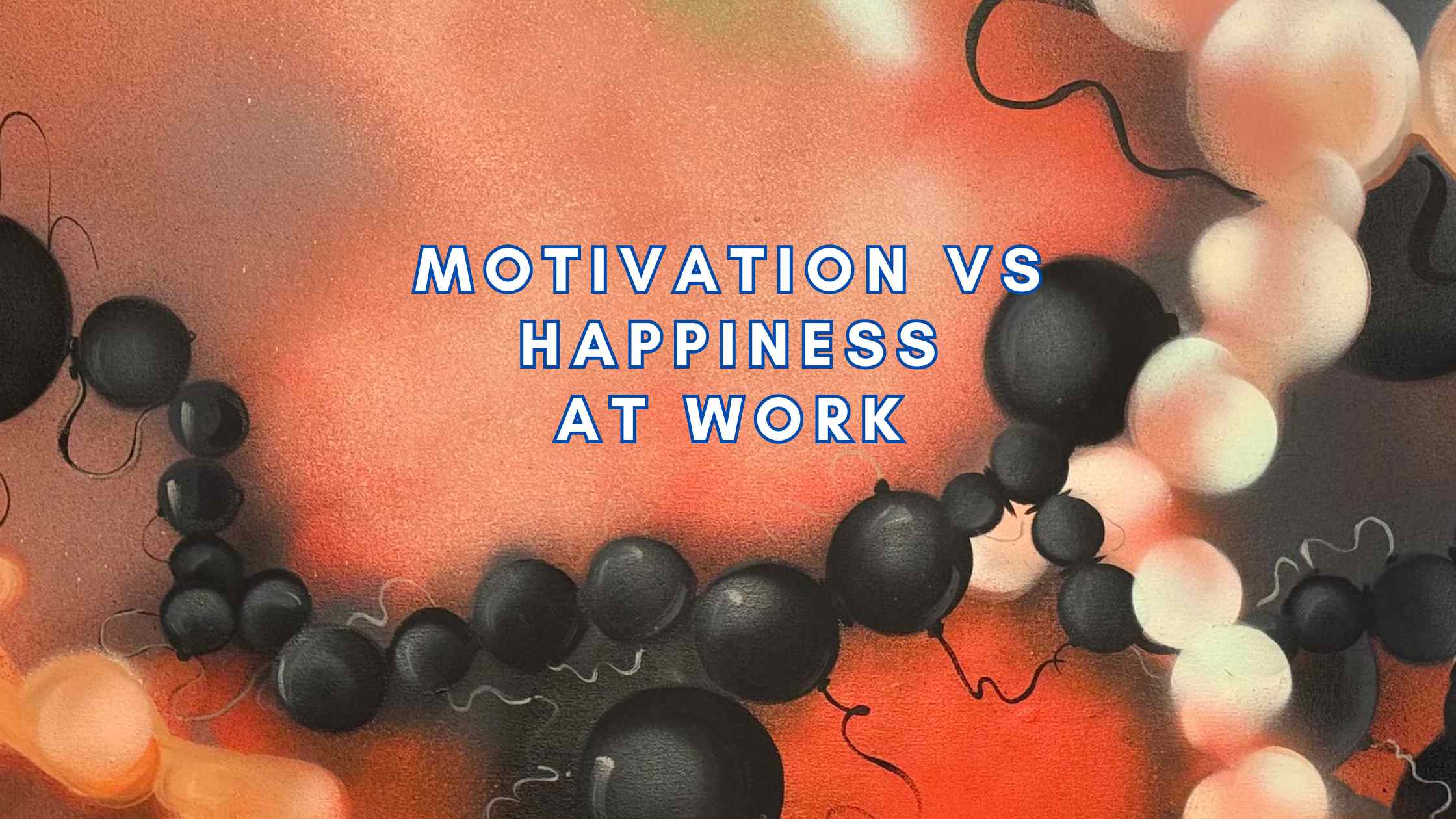In my executive coaching practice, I have noticed that CEOs often confuse employee happiness with motivation. They assume that making employees happy through perks and a fun office culture will inherently motivate them to perform. However, happiness and motivation, while related, are distinct drivers of employee performance and engagement. As studies like those from researchers Deci, Olafsen, and Ryan have explored, true motivation comes from within an individual, while happiness depends more on external factors. To unleash the full potential of their workforce, leaders must focus on fuelling both intrinsic motivation and employee happiness.
The truth is, you can have happy but unmotivated employees who merely coast through each workday. On the other hand, you can have motivated but unhappy employees who are burning out from stress. The ideal is to have an employee experience that generates excitement, passion, and purpose while also providing the support and environment for people to thrive.
Happiness depends on an employee’s basic needs being met through compensation, work-life balance, job security, and a satisfactory work environment. Motivation, on the other hand, comes from internal rewards like a sense of accomplishment, growth, and meaning.
To boost employee motivation, it’s important that the work aligns with their values and strengths. Give them recognition and leadership opportunities to help them grow. Set clear goals so they can see their progress. Empower them with autonomy and a say in their work so they feel a sense of purpose.
Another key strategy is reinforcing the company’s vision and the impact it has. When employees feel their work matters, they connect more deeply to purpose. Communication, modelling, and storytelling help bring values and vision to life.
Happiness, on the other hand, is more about things like fair pay, flexible hours, office perks, and fun team events. Don’t forget these basic needs, but focus more on what inspires people to go the extra mile and stay loyal.
Apart from understanding these differences, it’s a good idea to have regular check-ins, anonymous surveys, and open office hours to see how employees feel. This helps you identify and fix issues before they become bigger problems.
Finally, lead with empathy. The past few years have led to collective burnout, anxiety, and exhaustion. Now more than ever, lead with compassion, vulnerability, and humanity. When employees feel psychologically safe and cared for, they’ll give you their best in terms of creativity, dedication, and resilience.
Companies that will succeed are the ones that foster passion, purpose, and a love for the work. By following these guidelines, you can create an employee experience that combines internal motivation and genuine happiness. The result is a team that’s driven by their hearts, not just motivated by external rewards. This empowers a satisfied and resilient workforce, ready to tackle challenges with agility, creativity, and a shared sense of purpose. This competitive advantage is something that technology or changing processes can’t replicate.
Questions and comments:
I hope you’ve discovered some valuable insights here. I’d love to hear your feedback in the comments on how you strike a balance between motivation and happiness.
Please share it in the LinkedIn comments section of this article. Thank you 🙏
References:
Deci, E. L., Vallerand, R. J., Pelletier, L. G., & Ryan, R. M. (1991). Motivation and education: The self-determination perspective. Educational psychologist, 26(3-4), 325-346.
Olafsen, A. H., Niemiec, C. P., Halvari, H., Deci, E. L., & Williams, G. C. (2017). On the dark side of work: A longitudinal analysis using self-determination theory. European Journal of Work and Organizational Psychology, 26(2), 275-285.
Books:
Pink, D. H. (2009). Drive: The surprising truth about what motivates us. Riverhead Books.
Sinek, S. (2009). Start with Why: How Great Leaders Inspire Everyone to Take Action. Portfolio.

